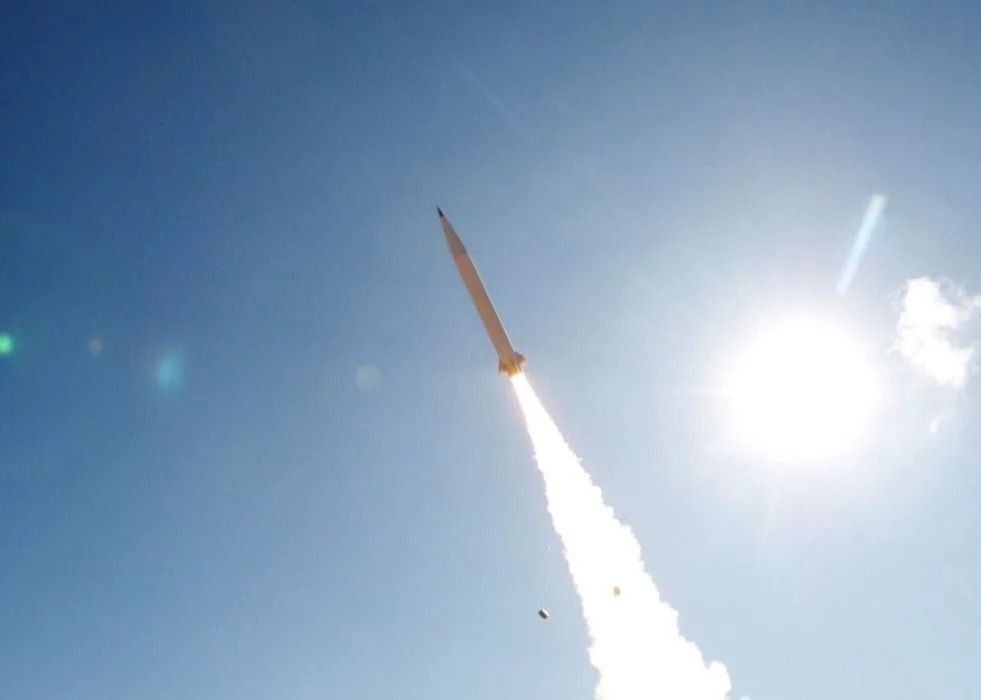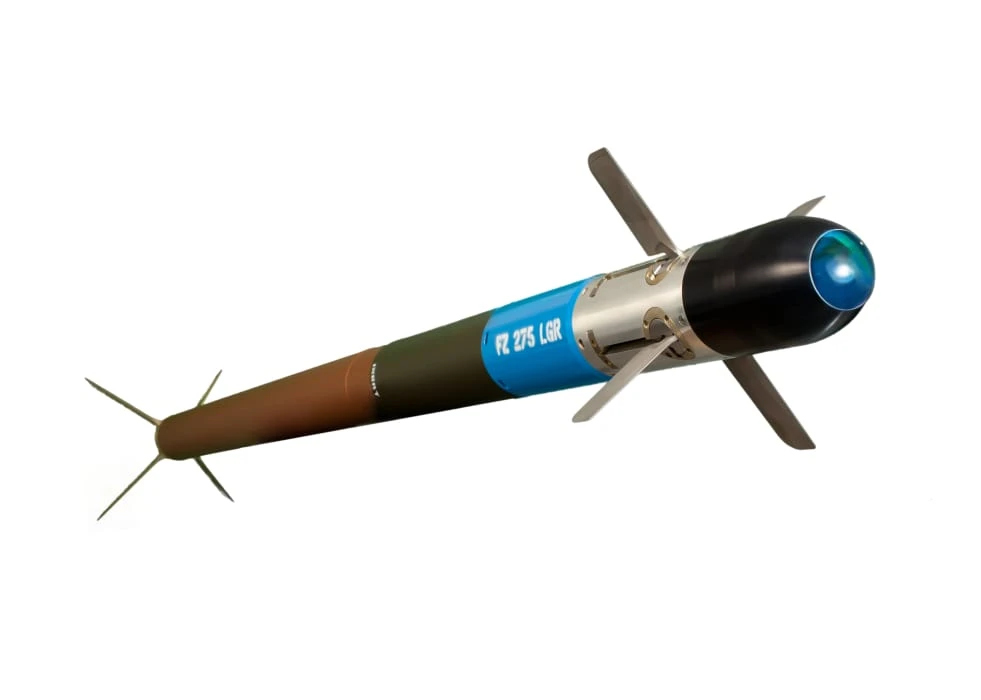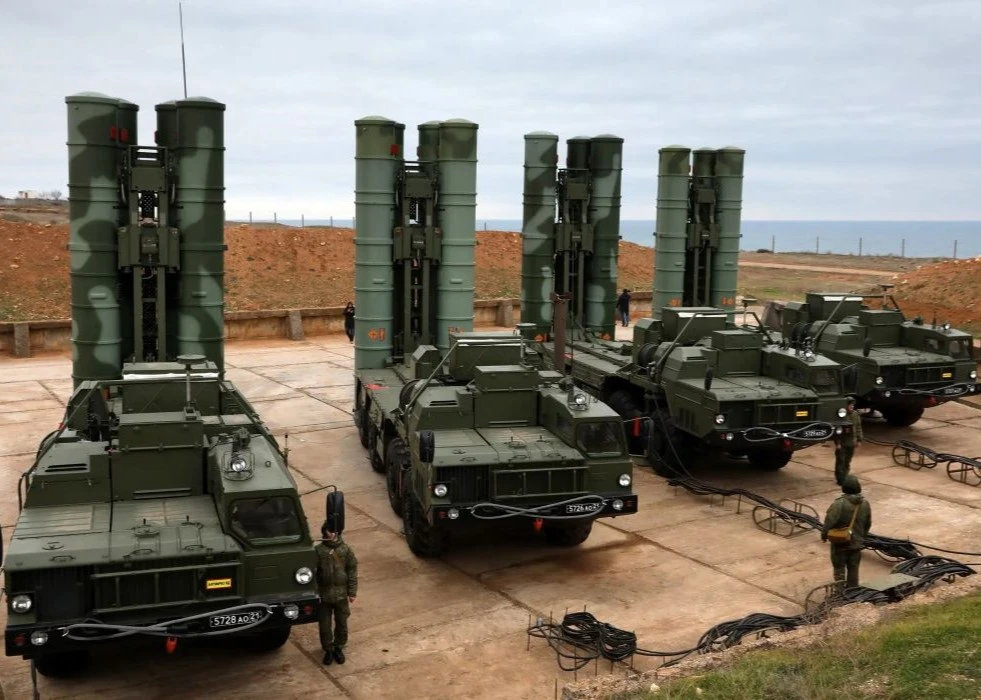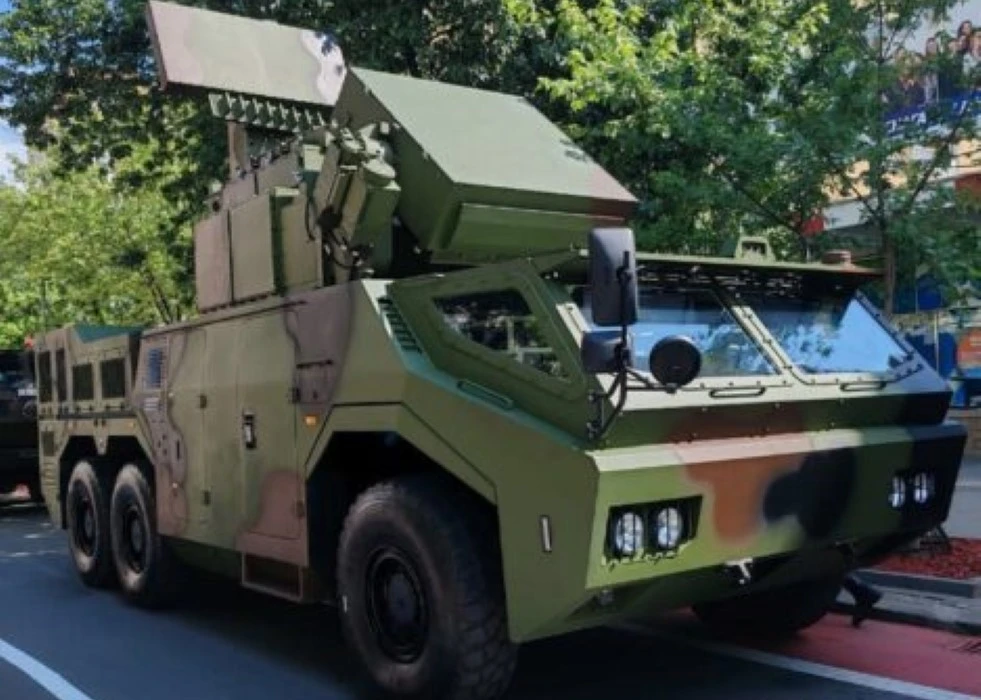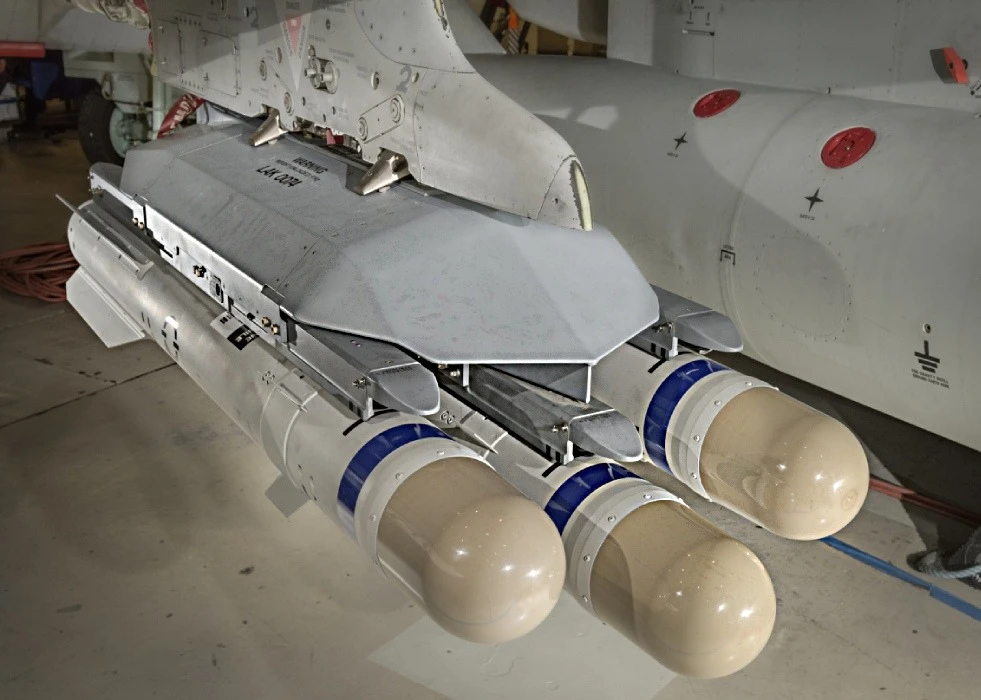The multi-mode seeker for the Army’s new short-range ballistic missile incorporates passive RF and imaging infrared (IIR) guidance. Passive RF guidance can detect the radar emissions from the target ship at long distances while the IIR seeker can identify the ship and track it with a precision surpassing that of passive RF guidance or GPS guidance.
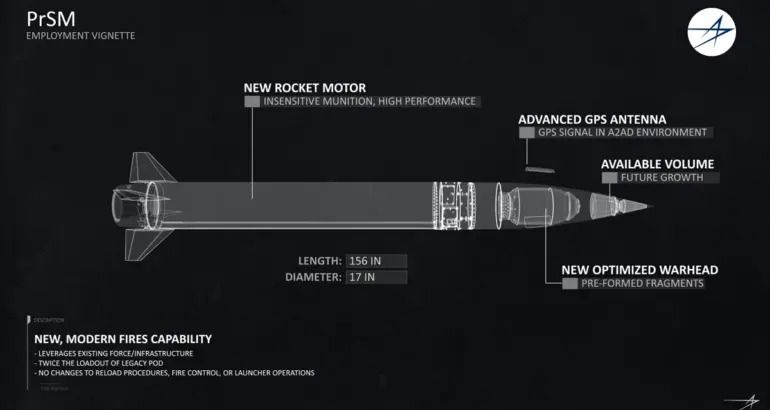
The main challenges are having the missile manoeuvrable enough to respond to the target ship’s evasion attempts and ensuring that the IIR seeker works as intended under the heating of terminal speeds caused by friction.
Capability against ships has been on the roadmap of the new PrSM missile to replace MGM-140 ATACMS TBMs ever since the beginning of the testing phase. To achieve this, a seeker for the terminal phase is needed for the desired accuracy. For this reason, the missile was designed with a provision for seeker payloads on the nosecone.
Thus, following the introduction of PrSM Increment 1 as a GPS+INS-guided short-range ballistic missile to start replacing the ageing MGM-140 ATACMS, the development of PrSM Increment 2 to engage moving targets such as ships started.
It is also important to know why the U.S. Army would want an anti-ship ballistic missile on HIMARS launchers. For the past few years, the U.S. has pursued a rapidly deployable land-based anti-ship capability to counter the growing Chinese Navy in the Pacific Sea. The Chinese Navy is rapidly introducing new destroyers and landing ships of various types into its service.
U.S. Army’s requirements for a land-based mobile anti-ship missile include carriage by cargo aircraft like C-5 and C-17. HIMARS fits the description as it is carried by both long-range cargo aircraft.
For the missile part, it has to offer a range sufficient for the wide Pacific region and be able to cause significant damage to large-sized ships like destroyers and landing ships. A PrSM missile fitted with terminal guidance can answer the range and havoc requirements thanks to the base missile’s 500 km range and multi-mode fuse fragmentation warhead.


